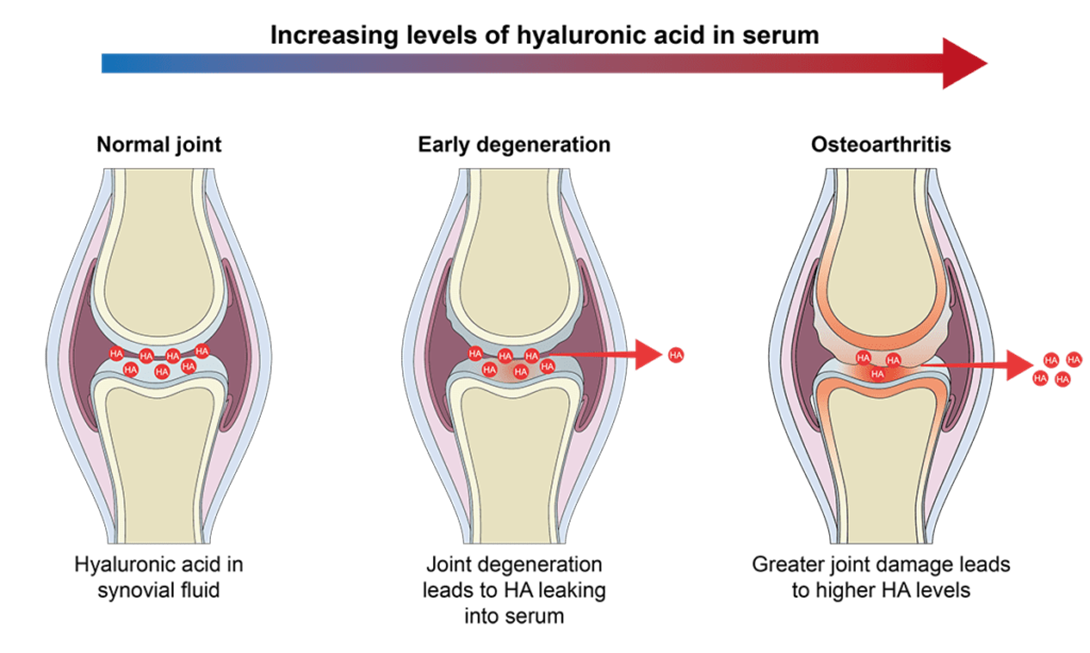Which is the primary goal when planning nursing care for a client with degenerative joint disease (DJD)?
Reduce risk for infection.
Achieve satisfactory pain control.
Obtain adequate rest and sleep.
Improve stress management skills.
The Correct Answer is B
Choice A reason: Reducing the risk for infection is important but not the primary goal for DJD as it is not primarily an infectious condition.
Choice B reason: Achieving satisfactory pain control is the primary goal in the management of DJD to improve the client's quality of life and functional ability.
Choice C reason: Obtaining adequate rest and sleep is beneficial for overall health but is secondary to pain control in the management of DJD.
Choice D reason: Improving stress management skills can help with overall well-being but is not the primary focus of care for a client with DJD.

Nursing Test Bank
Naxlex Comprehensive Predictor Exams
Related Questions
Correct Answer is D
Explanation
Choice A reason: Encouraging the client to lie still during the assessment is not advisable as it does not provide an accurate representation of the client's functional abilities and needs during rehabilitation.
Choice B reason: While understanding episodes of sundowning can be part of a comprehensive assessment, it is not the action the nurse should implement during a functional assessment aimed at determining the client's physical capabilities.
Choice C reason: Assisting with values clarification about end-of-life care options is important but is not the primary focus of a functional assessment in a rehabilitation setting.
Choice D reason: Questioning the client about the frequency of falls is crucial as it helps assess the risk of future falls and the need for interventions to prevent them, which is a key component of functional assessments in rehabilitation settings.
Correct Answer is A
Explanation
Choice A reason:When a client expresses concerns about medication, especially antidepressants, the nurse should encourage open communication with the healthcare provider. The provider can assess the situation, address side effects, consider adjusting the dosage, or explore alternative medications if needed.
Choice B reason: Reminding the client of the therapeutic effects is helpful for understanding the benefits of the medication, but it does not provide guidance on how to safely discontinue it.
Choice C reason:Tapering is essential for discontinuation, but it should be done under medical supervision. The nurse should first encourage the client to speak with their provider rather than assuming immediate discontinuation.
Choice D reason: While side effects may dissipate over time, this does not provide a solution for the client who wishes to stop the medication now. It is also not guaranteed that all side effects will diminish.
Whether you are a student looking to ace your exams or a practicing nurse seeking to enhance your expertise , our nursing education contents will empower you with the confidence and competence to make a difference in the lives of patients and become a respected leader in the healthcare field.
Visit Naxlex, invest in your future and unlock endless possibilities with our unparalleled nursing education contents today
Report Wrong Answer on the Current Question
Do you disagree with the answer? If yes, what is your expected answer? Explain.
Kindly be descriptive with the issue you are facing.
